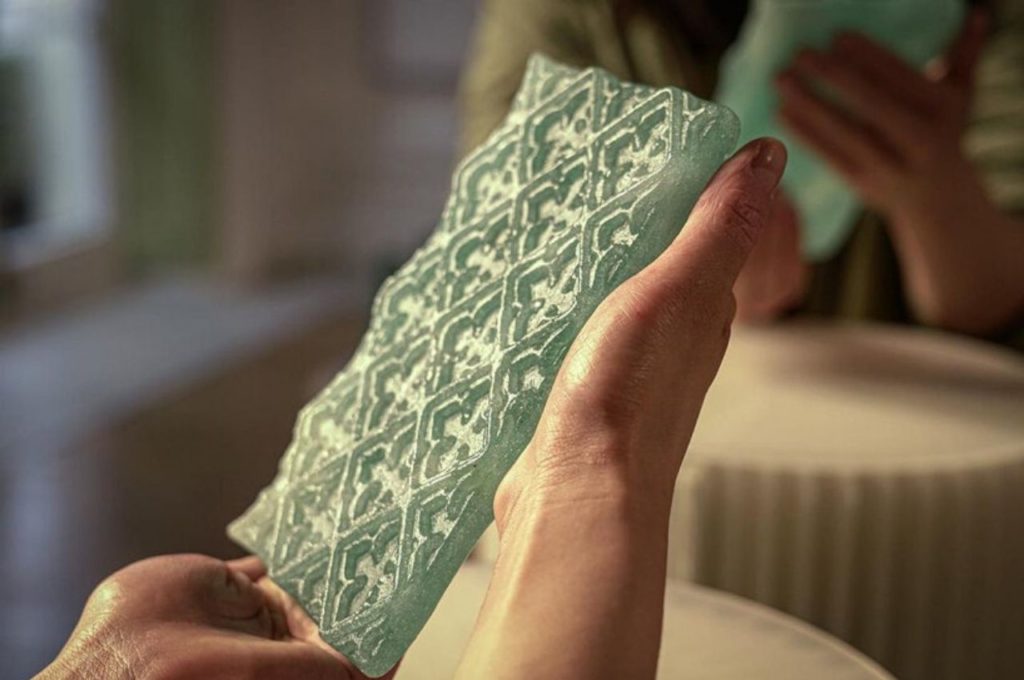
With people becoming more conscious about consumption, waste, and other things related to the environment, there are a lot of designers always on the lookout for more eco-friendly materials. We’re seeing a lot of experimentation and research into looking for waste and other things that can be recycled and upcycled into sustainable materials for building other things. Glassmaking is one of those industries that use a lot of highly processed and sometimes unsustainable materials so finding an alternative to all of this is a priority for some.
Designer: Bureau de Change and Lulu Harrison

A group of architects based in London and a design student looked into finding such an alternative to be used in the glassmaking industry. They discovered that the quagga mussel, a species of freshwater mussels, can actually be used as an ingredient in creating glass tiles. By mixing the quagga mussel shell waste with local sands and waste wood ash, they were able to create a “unique glass recipe” which can theoretically be used in building designs in the future.

This new bio-material is named Thames Glass and the initial output using this material are some 3D printed molds with decorative patterns. The design is inspired by the terracotta chimney pots of Royal Doulton, a ceramics manufacturer. Not only are they looking at using these tiles for building designs, but they also want to use them to design carafes and tumblers. With people now more conscious about bringing their own water instead of buying bottled water, this can become another way to bring this full circle.

Quagga mussel shells are usually found clogging up the water pipes, a problem that has been a thorn on the side of Thames Water, a private company that supplies most of the water in the greater London area. They’ve spent millions of pounds every year just to remove these shells and sometimes ineffectively. But if you can turn this annoying waste into something useful, then not only do you solve the clogging problem but you also create an eco-friendly solution.

